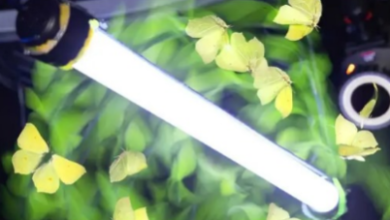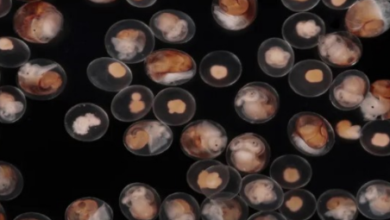“Unraveling the Roots of Earth’s Floral Diversity: A Comprehensive Study of Angiosperm Evolution”

Around 150 million years ago, Earth witnessed a profound transformation in its biodiversity with the rapid ascent of a dominant group: flowering plants, or angiosperms. Species like magnolias and water lilies, alongside various extinct lineages, ushered in a new era by enhancing photosynthesis efficiency, enriching the atmosphere with oxygen, and introducing novel food sources in the form of nectar and fruits. These developments fueled the emergence of intricate ecosystems that continue to shape our planet’s landscape.
Earth
Despite the pivotal role of angiosperms, the swift emergence of certain groups has long puzzled researchers. To unravel the intricate evolutionary history of today’s 330,000 angiosperm species, a coalition of nearly 300 plant biologists has united. Their groundbreaking study, published in Nature, offers a comprehensive new framework for the flowering plant tree of life, shedding light on unexpected ancestral connections and potential applications in medicine and biodiversity conservation.
Lucas Majure, a plant evolutionary biologist at the University of Florida, lauds the study as an exceptional synthesis, providing fresh insights into the evolutionary relationships within this pivotal plant group.
Unlike previous assessments that primarily relied on chloroplast DNA comparisons, this study delves deeper into the nuclear DNA of flowering plants. Leveraging advanced sequencing techniques, the researchers analyzed genetic data from over 8,000 angiosperm genera, representing 60% of all flowering plants on Earth. Their comprehensive dataset encompasses the entirety of the floral kingdom, including previously unsequenced species with medicinal significance.
The team’s meticulous analysis, facilitated by computer programs and supported by fossil evidence, uncovers two distinct periods of diversification in angiosperm evolution. One surge occurred approximately 150 million years ago, giving rise to the majority of present-day groups. A subsequent burst of diversification around 45 million years ago further shaped floral biodiversity.
While the new tree of life largely aligns with prior reconstructions, it unveils intriguing revelations. For instance, the study challenges the notion of a single ancestral lineage for groups like sunflowers and daisies, suggesting multiple origins instead. Similarly, previously assumed close relationships between plant orders like geraniums and eucalyptus are reevaluated.
Despite these advancements, some aspects of the evolutionary puzzle remain unresolved. Nevertheless, the study marks a significant stride forward in understanding Earth’s biodiversity, emphasizing the urgent need for conservation efforts amid ongoing biodiversity loss.




